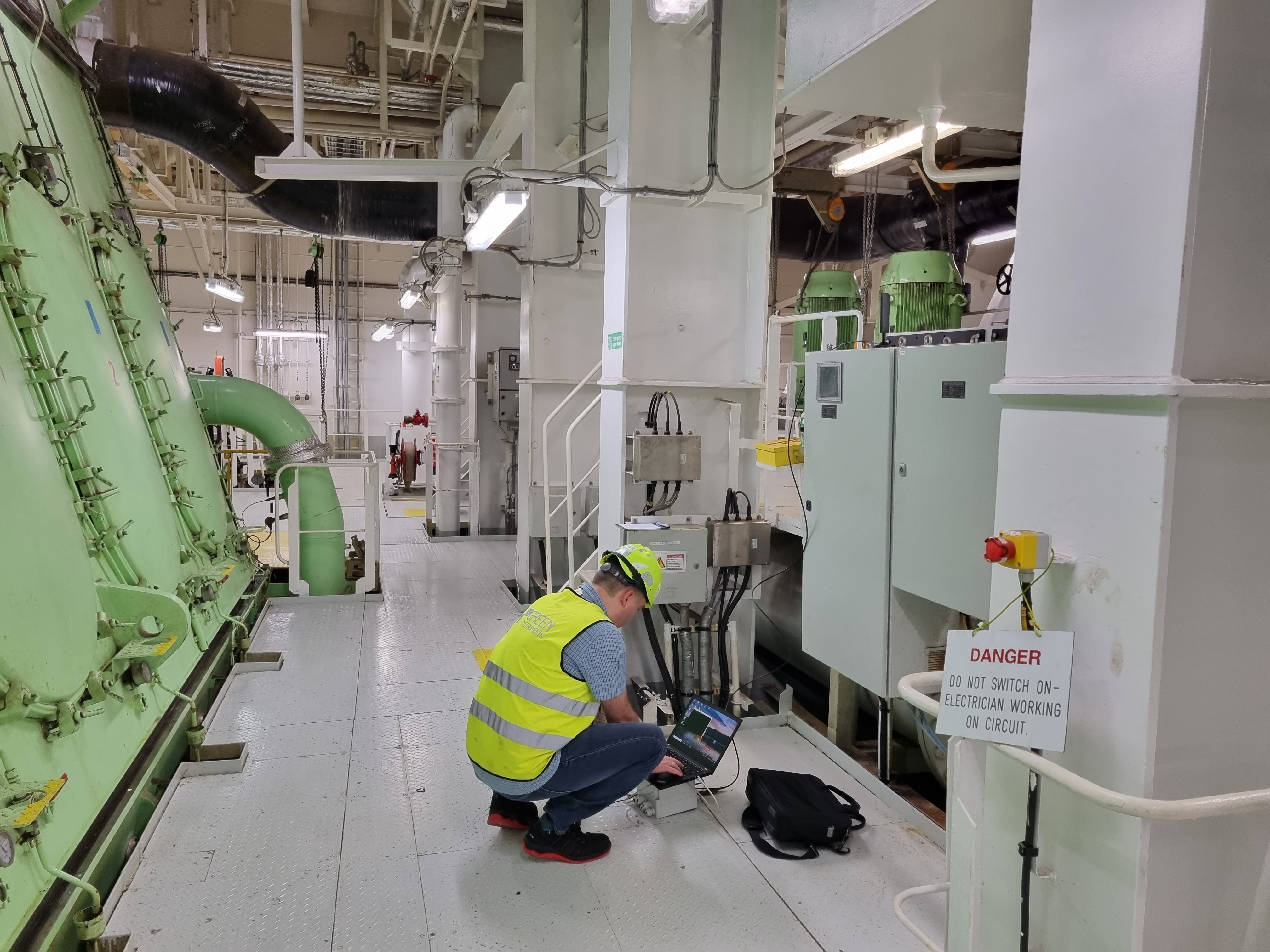Internet of Things: Transforming emissions monitoring in the maritime industry
The shipping industry is undergoing a transformative journey toward sustainability, and at the forefront of this revolution is the concept of "digitainability." Combining digital technologies with sustainability efforts, digitainability represents the future of sustainable shipping. In this blog post, we will explore how the use of digital technologies, such as continuous emissions monitoring systems (CEMS) coupled with the Internet of Things (IoT), can drive advancements in the industry and enhance environmental sustainability.
Digital Monitoring Systems and IoT
Digital monitoring systems such as CEMS rely on manual readings and human intervention to address any issues that arise. This process is time-consuming and limited in its ability to provide real-time insights. However, the integration of Internet of Things (IoT) technologies ushers in a new era for CEMS, transforming it into a more automated and intelligent system.
With the incorporation of IoT, CEMS can now collect and transmit data in real-time, enabling continuous monitoring of emissions and system performance. This real-time data stream opens up a world of possibilities for the shipping industry, as it allows for immediate detection and response to any anomalies or deviations. Gone are the days of relying solely on periodic manual checks, which can result in missed information or delayed responses to potential issues.

Key advantages
One of the key advantages of digitizing emissions monitoring through IoT is the ability to achieve remote error correction. Until now, addressing errors or malfunctions in the monitoring system requires physical intervention, often leading to downtime and disruptions in operations. However, with IoT-enabled CEMS, errors can be identified remotely, and corrections can be made through software solutions. This remote error correction capability not only saves valuable time but also minimizes disruptions to shipping operations and ensures continuous compliance with environmental regulations.
Moreover, the integration of IoT technologies allows for enhanced accuracy and reliability in emissions monitoring. By automating data collection and transmission, the chances of human errors or inconsistencies are reduced. The data captured through IoT-enabled CEMS is precise and consistent, enabling shipping companies to make informed decisions based on reliable information.
Predictive maintenance
In addition to accuracy and efficiency, IoT-enabled CEMS provide the foundation for predictive maintenance. By continuously monitoring system conditions, collecting data on performance trends, and leveraging advanced analytics, potential issues can be detected early on. Predictive maintenance allows shipping companies to proactively address maintenance needs, schedule repairs or replacements in a timely manner, and avoid costly breakdowns or unplanned downtime. This proactive approach not only optimizes operational efficiency but also contributes to the longevity and reliability of the equipment, further reducing environmental impacts.
The integration of digital monitoring systems and IoT in emissions monitoring represents a significant leap forward for the shipping industry. Real-time data monitoring, remote error correction, enhanced accuracy, and predictive maintenance capabilities all contribute to improved environmental sustainability. By embracing these advancements, shipping companies can proactively manage their emissions, optimize their operations, and demonstrate their commitment to responsible and sustainable practices. The future of emissions monitoring is digital and interconnected.
“By harnessing IoT and digital monitoring systems, we empower shipping companies to optimize operations, reduce environmental footprints, and effectively manage systems”
Peter MariagerCTO, Green Instruments
